Where Do We Go from Here?
The good news: Spring sales weren’t as bad as most of us anticipated, thanks primarily to decent weather on key weekends in most of the country. That’s not to say it was an easy season; the new consumer mind-set caused by the economic downturn and continued financial uncertainty resulted in lower register transaction value, and trading down to lower price points and product sizes. Many retailers reported higher traffic counts and transactions, thinking they picked up new customers, but it’s more likely that your regular customers just spread their spring purchasing over more trips to your garden center, spending less on each visit than they had in the past.
Margins were challenged as most retailers responded to the economic downturn with an increased focus on value. The lower product profit was offset by better control and reductions of your operating costs, doing more with less. Bottom line: As an industry, sales were flat to slightly increased, with lower profits, compared to last year, but this varied significantly based on the local economic environment in each market.
Not a great or even good year, but it could have been a lot worse. We worked much harder just to maintain status quo and learned the absolute necessity of managing our internal financial indicators inventory, cash flow and expenses even though we should have been doing this all along. We survived to fight another day, but most of you won the immediate battle. You performed better than retailers of other product categories, which indicates that consumers see the real and perceived value of our industry’s offerings.
So what can we look forward to this fall and next spring, and what will we have to do to continue surviving and, hopefully, begin to thrive again?
Bouncing Up From the Bottom
If you listen to the Washington pundits and optimistic economists, you’ll hear that we’re at the bottom of the financial cycle and will soon begin the recovery phase. You’ll hear that leading economic indicators such as housing starts, foreclosures and unemployment are getting stronger, but this just means the rate of the recent declines is beginning to slow, not that we’re necessarily on the mend.
Our recovery process will be prolonged over years, not months. For example, short-term unemployment will get worse before it gets better, and it will take years before the unemployed will be back to work in productive jobs and we return to historical unemployment rates. As I’m writing this column, Treasury Secretary Geithner is on TV saying, months into the crisis and hundreds of billions of dollars later, that the financial sector a major contributor to the financial collapse is showing “early signs of healing.” But it didn’t break overnight, and it won’t get fixed overnight.
And some of the “fixes” big government is putting in place to help protect consumers may have long-term benefits but short-term burn on your business. For example, to compensate for many consumers’ lack of personal responsibility in their borrowing practices, legislation that puts more controls over the credit card industry goes into effect in July 2010. Credit-card lenders have responded to this legislation and increasing consumer delinquencies by increasing interest rates and reducing consumer lines of credit. Though consumer debt needs to be reduced, these actions will reduce the discretionary buying power of our consumers. Big government looks at things in context of the macro economy, but you operate at the micro level.
Until consumer confidence improves and people feel better about their personal financial future, they’ll keep a tighter rein on their spending. And because consumer spending accounts for 70 percent of the gross domestic product, one of the leading economic indicators of financial health and growth, the overall improvement in the economy will be slow until there is sustained growth in consumer spending.
Experts are saying that even when the economy starts improving, consumers will not fall back into their old purchasing habits; the changed consumer behaviors we’ve recently experienced will become the consumer mind-set for years to come.
Investing in Your ‘Keepers’
So what have we learned this spring? Simply stated, consumers say, “Serve me better than anyone else can serve me. Please me with quality, value and competitive pricing. Make my visits fun and comfortable. Reward me for my loyalty. Focus on me and my wants because you think I am ‘special.’ Do this on every visit, and I will reward you with my business.”
Pretty straightforward philosophy, isn’t it? But in the heat of battle, much of the focus was on streamlining operations and controlling costs and inventory, which are critical to survival. But retailing is and always has been all about the customer; without them, we have no business.
Unlike the big boxes, where customers might go in for a hammer and make an impulse purchase after passing a display of appealing plants, you are a destination location; the consumer has to make a conscious decision to drive to your garden center. What will motivate them to walk through your doors rather than your competition’s? A positive past experience with you, a powerful word-of-mouth referral from one of your existing customers? Yes, product selection and quality are extremely important, but the experience your customer has in your store will have more impact than anything else.
You’ve heard the numbers before: You have to invest five times more to get a new customer than to keep an existing one. And because of the financial situation, there are fewer discretionary spending dollars in the marketplace, and the new consumer mind-set is reducing the population of new customers. So it’s more important than ever to keep your existing customers happy. And if you play your cards right, these happy customers will become advocates for you and help bring in new customers.
Thanks to your hard work, tough decision making and business savvy, you survived the most disastrous financial crisis most of us can remember. But our crisis isn’t over yet. There’s still a long, protracted recovery we’ll have to endure, with continued challenges.
Focus on the customer, adaptability, good management and leadership, and perseverance will see you through the recovery period. And when the economy improves, you’ll be positioned to benefit from the hard decisions and sacrifices you’ve made.
Hang in there… things WILL get better…

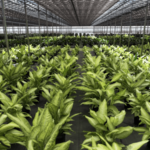

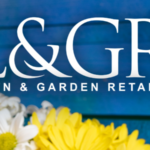




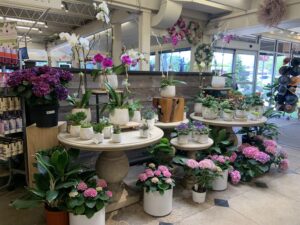



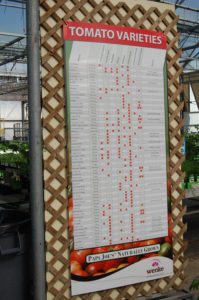

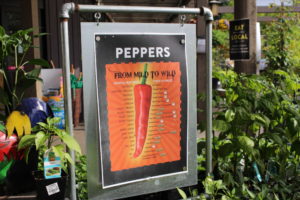



 Videos
Videos





